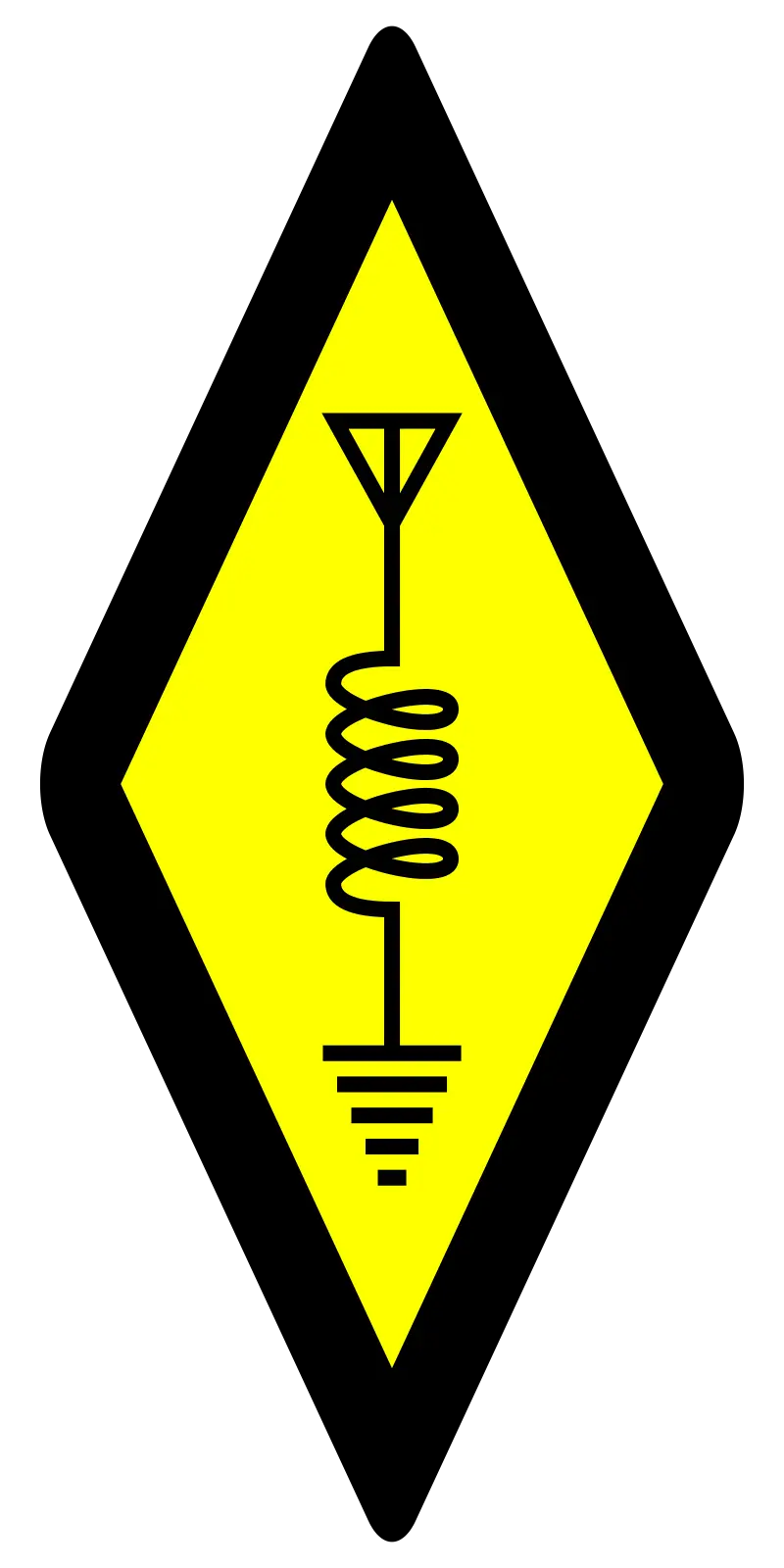Recently I explored the use of a radio device aptly described by a fellow Aussie Electronics Engineer, “ozeng”, as “Absolute witchcraft.” … I’m talking about an “RF circulator”, one of which is sitting quietly on my desk, roughly 60 mm square, 30 mm thick, weighing in at just under half a kilogram, unexpectedly with a 200 year history.
Let the spelunking commence …
The moment you start reading the “Circulator” Wikipedia page, you’ll see this sentence: “Microwave circulators rely on the anisotropic and non-reciprocal properties of magnetised microwave ferrite material.”, with a helpful reference to “Modern Ferrites, Volume 2: Emerging Technologies and Applications”, a 416 page reference that promises to dig into the nitty-gritty, showing 55 hits for the word “circulator”.
Anisotropic you ask? It’s the property that describes velvet, rub it one way, it’s smooth, rub it the other way and the hair stands up on the back of your neck. Wood is another example, easier to split along the grain than across it.
While we’re at it, reciprocity in physics is the principle that you can swap the input and output of a linear system and get the same result.
If you know me at all, it should come as no surprise that I went looking for an inventor. There’s over twelve-thousand patents referring to a “circulator”, including more than a handful relating to Nuclear reactors. In 1960, a prolific Jessie L Butler came up with patent US3255450A, “Multiple beam antenna system employing multiple directional couplers in the leadin”, which states: “This circulator has the characteristic that energy into one port will leave another port to the exclusion of a third.”
If you recall, that’s the exact phenomenon I used to describe the “RF circulator” on my desk.
So, job done, we have our inventor. Not so fast. The patent goes on to say: “Circulators of this type are discussed in an article ‘The Elements of Nonreciprocal Microwave Devices’ by C.Lester Hogan in Volume 44, October 1956, issue of Proceedings of the IRE, pages 1345 to 1368.” The IRE is the Institute of Radio Engineers.
I found a copy of that tome, thank you worldradiohistory.com, which includes the following sentence: “Until a few years ago, all known linear passive electrical networks obeyed the theorem of reciprocity. Today several different types of passive nonreciprocal microwave networks are in practical use”.
A footnote refers to an article by Lord Rayleigh, “On the magnetic rotation of light and the second law of thermodynamics” and includes images of an optical one-way transmission system from 1901.
In that 1901 article, Lord Rayleigh in turn refers to a paper published sixteen years earlier in which he observed that light polarisation can be made to violate the general optical law of reciprocity, using a system that consists of two so-called Nicol prisms, a crystal that can convert ordinary light into plane polarised light, invented by William Nicol in 1828. Using two prisms, arranged at a 45 degree angle, you can make light go through it in one way, but not the other.
Lord Rayleigh, also known as John William Strutt, in a very sparse footnote, states: “That magnetic rotation may interfere with the law of reciprocity had already been suggested by Helmholtz.”
Further digging gets me to an 1856 publication of the “Handbuch der physiologischen Optik”, or the handbook of the study of how the eye and brain work together, where Helmholtz says that, translated from German, “according to Faraday’s discovery, magnetism affects the position of the plane of polarization.”
This gets us to 1845, where Michael Faraday experimentally discovered that light and electromagnetism are related. His notebook has the following sentence, paragraph 7718 written on the 30th of September 1845: “Still, I have at last succeeded in illuminating a magnetic curve or line of force and in magnetising a ray of light.”
Today we call that the “Faraday effect”
The best part?
You can read Michael Faraday’s diary, right now, and see the whole thing.
So, who then invented the RF circulator?
From Mastodon to Circulators, to Modern Ferrites, to Nonreciprocal Microwave Devices, to Multiple beam antennas, to Magnetic Rotation, to Optical Reciprocity, to Nicol prisms, to the Faraday effect, this is the perfect example of standing on the shoulders of giants, and the result sits as a little box on my desk.
Just so you don’t feel left out, your mobile phone likely has one of these devices on board.
I’m Onno VK6FLAB

